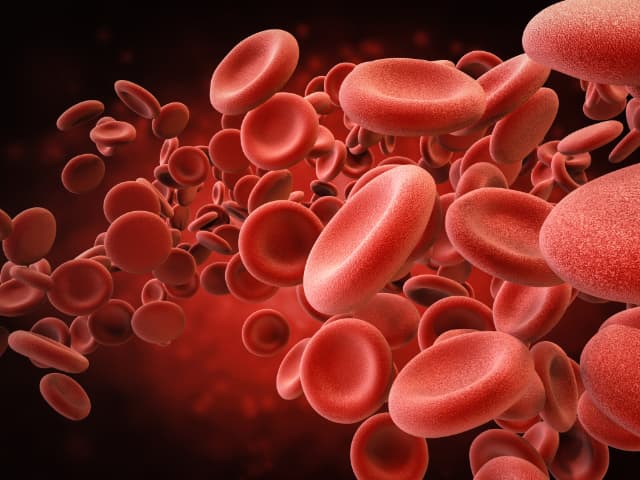Clinical trial validates bioengineered blood vessels for trauma surgery
Phase II trial demonstrates superior outcomes compared to synthetic grafts in both civilian and military settings, with significantly lower amputation rates and infection risks.
A novel bioengineered blood vessel has demonstrated promising results in treating severe vascular injuries, according to research published in JAMA Surgery. The study, which included both civilian trauma patients and military casualties, suggests these vessels could provide a viable alternative to synthetic grafts when autologous veins are unavailable for vascular repair.
The acellular tissue-engineered vessels (ATEVs) represent a significant technical advancement in vascular surgery. They are manufactured through a sophisticated process involving cultured human smooth muscle cells from donor aortic tissue. The cells are cultivated under specific conditions, including exposure to pulsatile fluid flow, which enables them to develop into a functional vessel structure. Following this, the vessels undergo treatment to prevent immune rejection.
Clinical outcomes
The research combined two concurrent trials: one involving 51 civilian patients at trauma centres in the United States and Israel, and another with 16 military patients in Ukraine. The 30-day patency rate was 91.5%, markedly higher than the historical rate of 78.9% observed with conventional synthetic grafts. Perhaps most notably, the amputation rate was only 4.5%, compared to 24.3% in previous studies using synthetic alternatives.
Infection resistance
One of the most significant findings was the vessels’ remarkable resistance to infection. Less than 1% of the bioengineered vessels became infected, compared to an 8.4% infection rate typically seen with synthetic options. This characteristic proved particularly valuable in the challenging conditions of combat injuries in Ukraine, where no infections occurred despite the high-energy nature of battlefield wounds and difficult treatment conditions.
Integration with host tissue
According to Michael Curi, chief of vascular surgery at Rutgers New Jersey Medical School and study co-author, the vessels’ success appears linked to their ability to integrate with the patient’s tissue. “These smooth muscle cells were set up in culture to continue to live and generate new smooth muscle cells,” he explained. “By culturing these cells in a particular medium, where there is pulsatile fluid running through the scaffold, the cells grow and set up as a vessel.”
Post-implantation examination revealed evidence of patient cell colonisation, effectively creating a living blood vessel. This characteristic may explain their superior infection resistance compared to synthetic materials.
Clinical implications
The technology addresses several critical challenges in vascular surgery. Traditional approaches prefer using the patient’s own veins, typically harvested from the legs. However, this option is often unavailable due to previous surgeries or poor vein quality. Additionally, the time required for vein harvesting can be problematic in trauma cases where rapid restoration of blood flow is essential.
“The longer they stay without blood flow, the higher the risk of limb dysfunction or limb loss,” Curi noted. “If we had two artery replacements that worked equally as well, one you could use straight from a box and one that took 30 minutes to harvest from someone’s leg, obviously you’d much rather use the one that was available immediately.”
Future applications
The implications extend beyond trauma cases. With approximately 185,000 people in the United States undergoing amputation annually, and an estimated 45% of these patients having had a vascular injury, the availability of readily accessible, infection-resistant vessels could significantly reduce amputation rates.
The technology has recently received Food and Drug Administration approval as a biologic product, and researchers are already exploring its potential applications in dialysis patients and other forms of arterial reconstruction. This broader application could address significant medical needs, particularly for patients requiring multiple vascular procedures throughout their lifetime.
Study limitations
The researchers acknowledge that the studies were single-arm trials rather than randomised comparisons between bioengineered tissue and synthetic material. However, the consistent positive outcomes across both civilian and military settings suggest the technology’s potential to advance vascular trauma care.
Reference:
Moore, E. E., et al. (2024). Bioengineered Human Arteries for the Repair of Vascular Injuries. JAMA Surgery. doi: https://doi.org/10.1001/jamasurg.2024.4893


